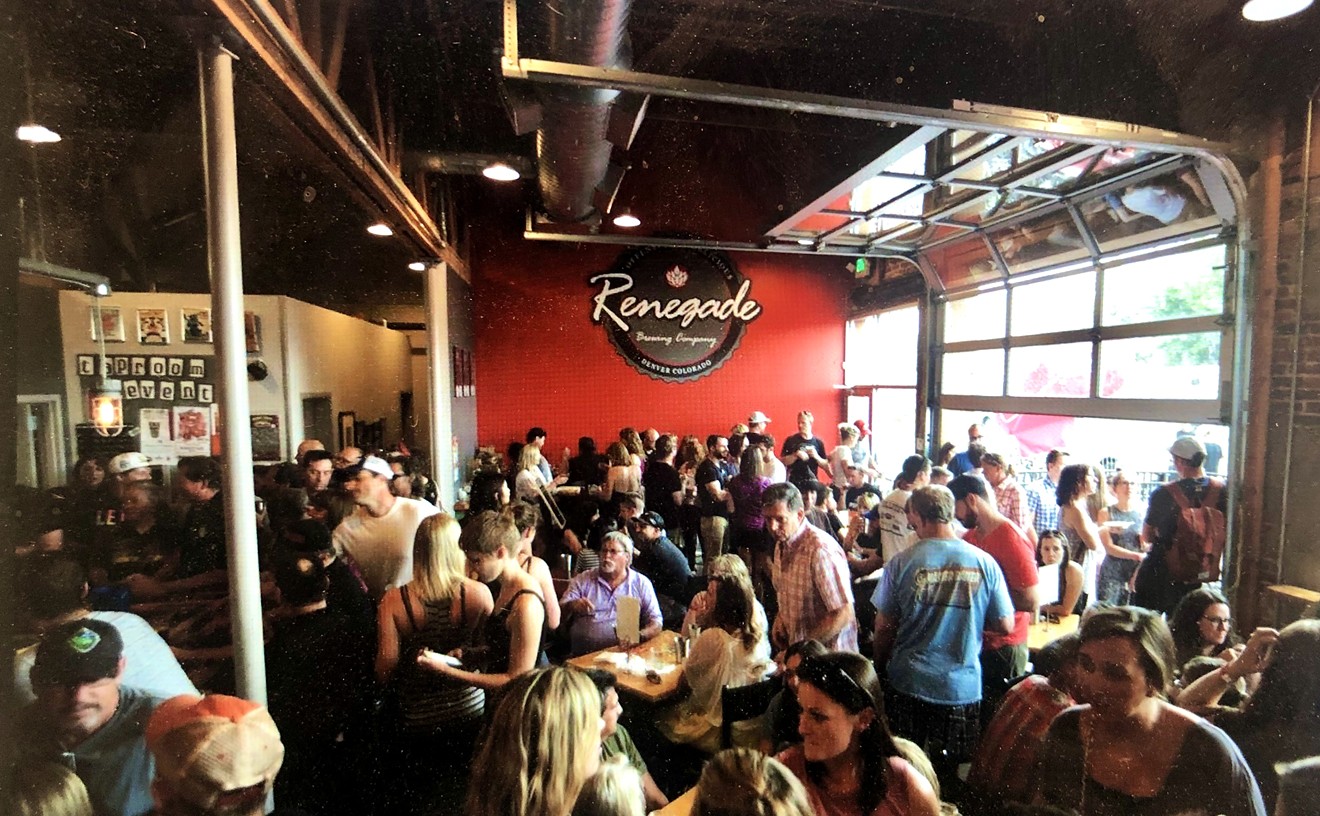Malaysian cuisine is a variation on the foods of China, Vietnam, Thailand and India, with an assist from the Portuguese, Dutch and British travelers who over the past few centuries traveled to remote Southeast Asia for enlightenment or to cause trouble, leaving their influences in either case. It's been big in New York and San Francisco -- at places like Singapore Cafe and Straits Cafe, respectively -- for decades, but the closest most North American stomachs have come to these tropical taste treats is the Singapore Sling, a bright-pink girlfriend drink that's so sweet it could be used as an expectorant. Still, this concoction of cherry brandy, pineapple juice and Cointreau is Malaysian all the way. Invented at Singapore's Raffles Hotel by bartender Ngiam Tong Boon in 1915, it was said to be a favorite of both Rudyard Kipling and W. Somerset Maugham. But natives also appreciate the drink's fresh, fruity flavors, which complement the cuisine in this part of the world.
Although Singapore Grill owner Kin Kong was born in Singapore, he grew up in a small Malaysian town. "My parents had a restaurant there, and my grandparents had a restaurant there," Kong says. "I grew up being very proud of our cuisine, and when my parents moved to the United States, I always thought I would share it." He did so first in Albany, New York, where he ran a restaurant for nearly ten years. But he often thought about Denver, where he'd lived before moving East, and last year he decided it was time to come back. "I thought that, by now, Denver would have more than just one restaurant that serves Singapore food," he says. "But that isn't the case, so I thought I'd take a chance."
He brought with him a slew of family recipes, as well as chef Michael Lee, who's worked with Kong to make some of the more unusual dishes more palatable to Western tastebuds. "It's slow going," Kong says. "This is so new to a lot of people, and I'm sensing that they are afraid to try some of it."
In other words, sucking the meat out of the head of a shrimp isn't typical practice in this part of the country, where we like our cows compliantly Glad-Wrapped and our crustaceans devoid of any reminder that they once had moving parts. And at Singapore Grill, you can't even consume liquid courage in the form of Singapore Slings: Although he has a full liquor license, Kong is offering only beer and wine until he gets approval to build the bar that he wants to put in the back of the eatery.
In the meantime, there are few amenities at the three-month-old eatery. One carved, 3-D wooden mural of an Asian city is the only augmentation for four white walls; a glass-lined partition holds a few plants. And when the place gets busy, the sweet but overwhelmed servers sink faster than a lotus leaf under a heavy brick. But they try hard, and they deliver some wonderful dishes.
One would be kerang istemewq, velvety-soft mussels cooked in a ginger-sharp broth that's been sugar-sweetened and vinegar-soured, then augmented with a hint of the mussels' own sweet seafood taste. An order of ayam pandan brought a chicken breast wrapped in the leaves of the pandanus plant, which has an odd but likable rose scent and imparted a vanilla flavor to the meat steamed inside.
Other items seemed more familiar. The Malaysian-style satay looked like the Thai original, but a less-sweet, chunkier peanut sauce came with the skewers of tender grilled chicken. And while every Asian cuisine has its version of spring rolls, the small, deep-fried packages here, called sayur poh-piah, were stuffed with carrots, cabbage and bean sprouts, which gave the rolls extra crunch.
Where Singapore Grill really distinguished itself from other Asian eateries, though, was on its roster of shrimp dishes, which accounted for half of the entree offerings and nearly always involved jumbo-sized shrimp that arrived in their whole, head-on state. Cooking shrimp whole in the shell makes for juicier meat; the head meat, in particular, is similar to soft-shell crab in its texture and sweetness. To savor it all, you pull the head off, suck out the meat, strip the body of its thick shell to get at the tougher but still tasty flesh, and then lick your fingers clean of both the sweet shrimp and the incredible sauces. The sizzling tappan tow cheow platter featured seven of the huge crustaceans, as well as our favorite sauce, a garlicky black bean swimming with grill-caramelized onions and red and green peppers. The sauce had the reduced, concentrated quality that suggests the finest French techniques, and the combination of the sweet onion with the sweet shrimp was delectable.
Another inspired shrimp dish, buah mango, combined a very different set of flavors, including big slips of soft mango and plenty of chile peppers. The mixture arrived in the mango's shell, charmingly adorned with garnishes of carrot roses with pea centers and long strands of carrot and jicama. Nasi lemak also had plenty of visual appeal. For this dish, white rice had been sweetened and thickened with coconut milk, then tossed with those vanilla-flavored pandan leaves, cloves and chile sambal, a Malaysian condiment that comes in paste form and usually involves chiles and various spices thinned with lime juice; flecks of dried, curried chicken, deep-fried anchovies and a hard-boiled egg added texture and saltiness.
Since the South China Sea laps at one side and the Indian Ocean flows into the Strait of Malacca on the other, Malaysia uses all kinds of seafood, not just shrimp. In the Singapore clay pot noodles, scallops, shrimp and squid were all swimming in the most luscious broth imaginable, a thin concoction made from lobster shells and fortified with egg.
Despite its devotion to seafood, Singapore's most famous food is probably rendang, which is also popular in Indonesia. Usually it's made with beef, as it was at Singapore Grill, and braised with coconut milk. Here the meat had been slow-stewed until the juices had reduced and formed a gravy with the milk, which was further flavored with curry powder and a paste of ground onions, lemongrass and chiles. This dish was the epitome of Malaysian cooking: spicy, sweet, rich.
As odd as some of the main dishes sounded, they had nothing on a dessert called ice kacang. For this confection, vanilla ice cream was topped by shaved ice that had been tossed with sugar-coated red beans, kernels of corn, palm seeds, lotus jelly (little red Jell-O-type bits made from the lotus plant's seeds) and peanuts; in case that wasn't enough sweetness, red rose syrup and a little coconut milk had been ladled over everything. It looked --and tasted -- as if people carrying bowls of different ingredients had collided in the kitchen and this was the result.
One bite made sucking the meat out of a shrimp's head seem downright pedestrian.










